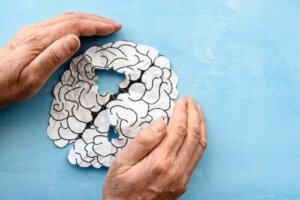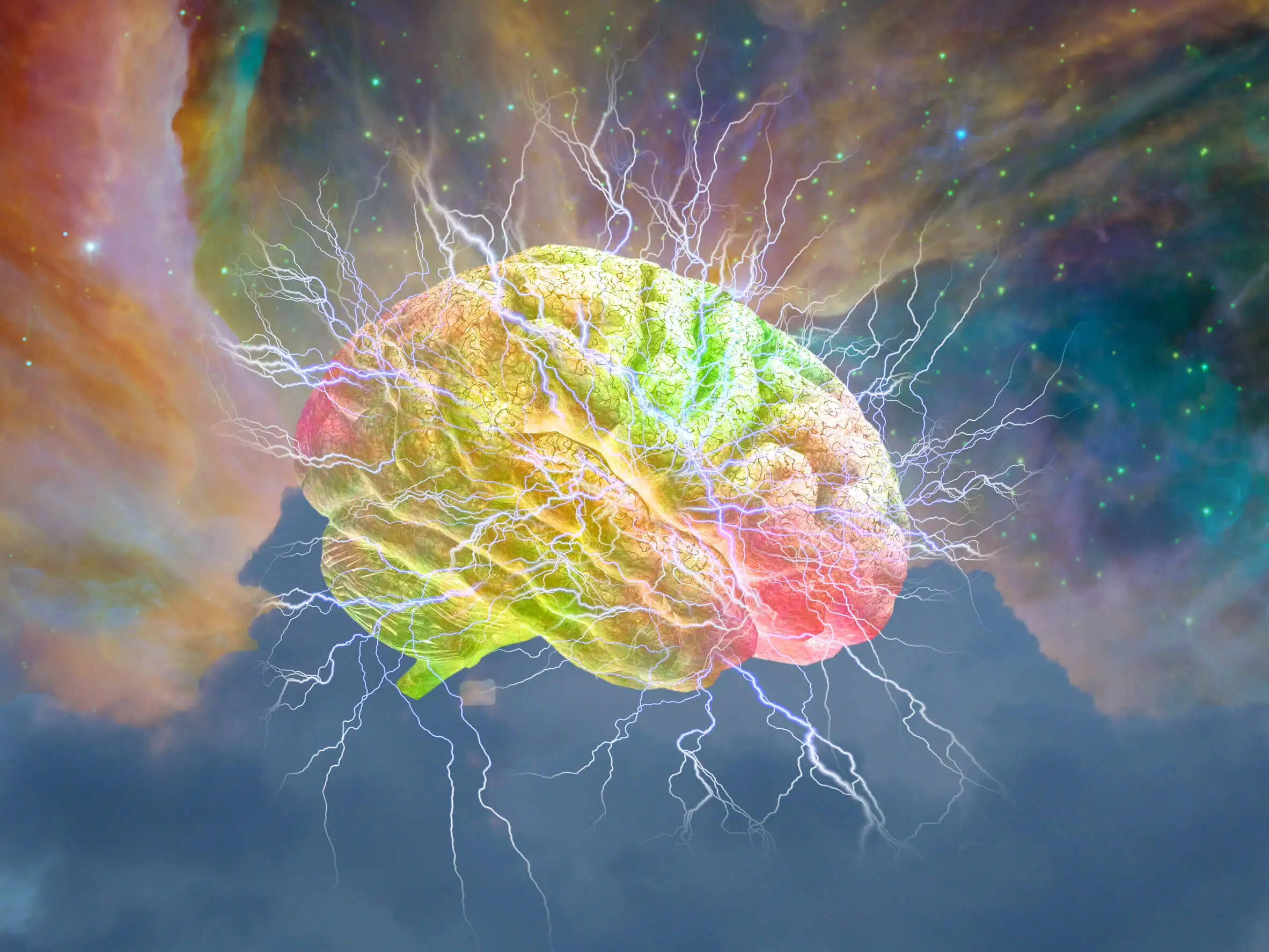Cognitive Reserve May Protect Against Brain Damage


Written and verified by the psychologist Maria Fatima Seppi Vinuales
What if you were now told that you have in your hands the possibility of “designing” your future and choosing your quality of life? It may seem impossible to conceive. However, the concept of cognitive reserve is related to the idea that, in a proactive way, people can take care of their brain health.
As research reported in Neuropsychologia shows, this concept suggests that this reserve plays a fundamental role in the prevention of brain diseases such as Alzheimer’s. Moreover, it also mediates its evolution and possible complications. Let’s see what it is all about.
Cognitive reserve and its role in brain damage
The concept of “cognitive reserve” seeks to explain why two people with the same neuropathology show clinical signs of different intensity. The person who has better reserve experiences fewer -or milder- symptoms of dementia compared to someone who has an “impoverished” reserve.
The importance of this explanatory hypothesis lies in the fact that if cognitive reserve has all this protective potential, it is also beneficial in preventing diseases such as Alzheimer’s, dementia, strokes, and Parkinson’s, among others.
In this case, those with an optimal reserve would show symptoms later and the evolution of the disease would be slower. Of course, it isn’t a matter of being naïve and overestimating the capacity of cognitive reserve to turn it into a “panacea”, capable of preventing any disease or brain damage.
And yet it is true that it isn’t the same to age with a well-cared-for, healthy body that follows an exercise routine, as it is to age with one that’s completely neglected. When faced with an adverse situation, both will react differently and will require different degrees of help in order to recover. The same happens with the brain.
This master organ, if it receives stimulation and care, can also strengthen its neuronal circuits and its functioning, thus remaining active and open to being trained. In this way, it manages to be better prepared for different circumstances.

Explanatory models of cognitive reserve
Like any scientific theory, cognitive reserve has been approached from different perspectives. There are postulates in favor but also detractors, who consider that it’s just a concept to explain already-known facts.
For example, some experts point out that it deals with the already-known “brain plasticity”, which refers to the brain’s ability to adapt, be flexible, and recreate new ways of doing things.
On the other hand, there are also certain methodological difficulties when corroborating the hypothesis, since retrospective and cross-sectional studies are required. In general terms, the explanatory models revolve around two proposals.
Previous reservation models
Also known as “passive models”. This refers to the activity of pre-existing networks so that the brain or its damaged areas continue to function after damage.
Compensation models
Some call them “active models”. This explains the idea that, after suffering some neural damage, the brain reorganizes, chooses, and employs different neural circuits, in an attempt to maintain balance and compensate for the existing damage.
In other words, the brain follows different paths to try to reproduce and reach the same result, given that the original path is hindered.
Under this model, we speak of compensation because the mechanisms or strategies that are put into play don’t optimize or improve performance, but rather make it possible. In other words, performance or brain functioning would decrease without compensation.
It’s worth noting that, for specialists, these models aren’t necessarily mutually exclusive.
You may be interested in: The Differences between Dementia and Alzheimer’s
How to enrich cognitive reserve?
There are different activities to develop a “resilient brain”. Since cognitive reserve implies dynamism and activity, it also contemplates cultural, social, physical, and other factors.
For example, within the cultural factors, we can highlight the role of education and literacy. It’s presumed that people who have a higher level of education, who dedicate time to study, reading, and writing, or who speak two or more languages, have a valuable cognitive reserve.
Let us then look at some activities that strengthen this reserve:
- Establishing social relationships, talking about different topics and connecting with people who think differently.
- Exercising and playing sports
- Having a hobby
- Resting and sleeping well
- Maintaining a healthy diet.
- Avoiding drugs, tobacco, alcohol.
- Learning new things, such as a language, a musical instrument, sport, etc.
- Doing the same activity in a different way. For example, if you always use your right hand to serve a drink, use your left hand.
To summarize, you can see how the suggested activities to consolidate the cognitive reserve are simple and varied.

You may be interested in: Drinking Alcohol During Pregnancy Could Change the Shape of Babies’ Brains
Avoid simplistic approaches
Beyond the explanatory models and their positions, if there’s something that cognitive reserve can teach us, it’s the idea of complexity, network, and connections.
Again, it isn’t a matter of reducing or simplifying approaches that involve multiple factors and are highly complex. That said, when higher levels of education are associated with greater cognitive reserve, contextual aspects must also be considered.
In this sense, access to literacy and study requires certain material conditions and socioeconomic status, which, in turn, reduces exposure to other risk or harmful factors.
In other words, these people could benefit from a healthier lifestyle, which has an impact in terms of the care or maintenance of cognitive reserve. Therefore, the environment also plays a key role in “shaping” life circumstances.
All cited sources were thoroughly reviewed by our team to ensure their quality, reliability, currency, and validity. The bibliography of this article was considered reliable and of academic or scientific accuracy.
- Stern Y. Cognitive reserve. Neuropsychologia. 2009 Aug;47(10):2015-28. doi: 10.1016/j.neuropsychologia.2009.03.004. Epub 2009 Mar 13. PMID: 19467352; PMCID: PMC2739591.
- Díaz-Orueta, U, Buiza-Bueno, C., Yanguas-Lezaun, J. (2010). Reserva cognitiva: evidencias, limitaciones y líneas de investigación futura. Revista Española de Geriatría y Gerontología. 45(3):150–155.
- Formiga, F., Robles, M. J., & Fort, I. (2009). Demencia, una enfermedad evolutiva: demencia severa. Identificación de demencia terminal. Revista Española de Geriatría y Gerontología, 44, 2-8.
-
M.J. Valenzuela, P. Sachdev. Brain reserve and cognitive decline: a non-parametric systematic review. Psychol Med, 36 (2006), pp. 1065-1073. http://dx.doi.org/10.1017/S0033291706007744
This text is provided for informational purposes only and does not replace consultation with a professional. If in doubt, consult your specialist.








